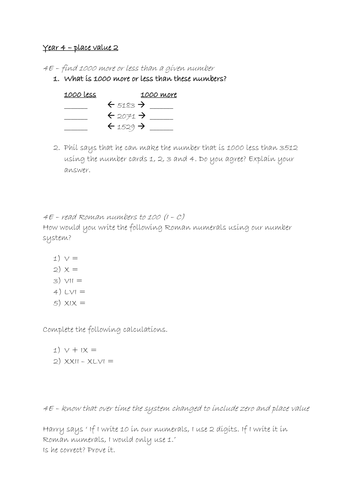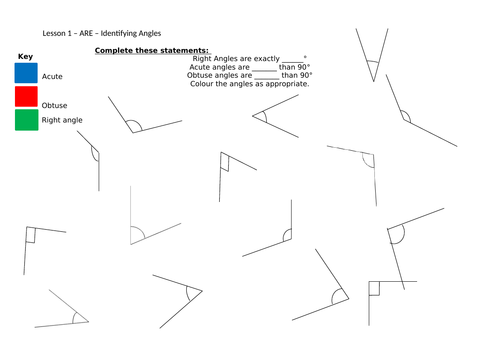The Macdonut's Shop
I'm the subject leader and teacher for Computing at my school. I teach Computing to all primary ages and upload the planning and resources that I use to teach. I also provide a range of subject leadership documents and resources to support running the subject and supporting teaching and learning.





















